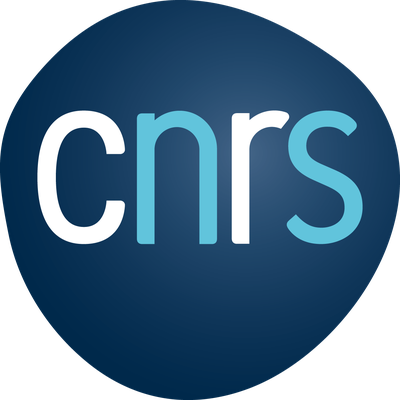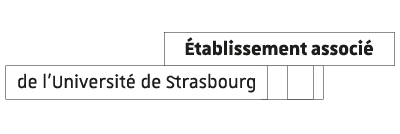Information importante
La page que vous consultez correspond à l'offre de formation 2023-2024.
Trouvez votre formation pour l'année universitaire 2024-2025
UE 4 - Data science
- Cours (CM) 50h
- Cours intégrés (CI) -
- Travaux dirigés (TD) -
- Travaux pratiques (TP) -
- Travail étudiant (TE) 90h
Langue de l'enseignement : Français
Description du contenu de l'enseignement
- 1) The Data science part is structured in four macro blocks:
- The art of learning from data. What is learning; supervised learning and function approximation; bias- variance trade-off; model accuracy, assessment and selection; cross validation.
- Regression methods and regularization. Least squares revisited; model selection and regularization; subset selection methods; shrinkage methods (ridge, LASSO, LARS, elastic nets); dimension reduction methods (PCA, PLS).
- Classification. Linear regression on indicator matrices; logistic regression; linear and quadratic discriminant analysis (LDA and QDA); hyperplane separation theorems; optimal separating hyperplane; “kernel trick”; Support Vector Machines (SVM).
- Tree-based methods. Stratified feature space; tree-building process; recursive binary splitting and pruning.
1. Machine learning paradigm; overfitting and underfitting; bias and variance; gradient-based learning; motivations for deep models; historical trends in artificial neural networks research.
2. Architecture design for deep feedforward neural networks; hidden layers, hidden and output units; universal approximation theorem; computational graphs language; back-propagation algorithm
3. Surrogate loss functions; batch/minibatch deterministic and stochastic methods; main challenges in neural network optimization (ill-conditioning, local minima, flat regions, cliff, etc.); stochastic gradient descent; momentum; Nesterov momentum; parameters initialization strategies; algorithms with adaptive learning rates; supervised pre-training
4. Regularization strategies for deep models; parameter norm penalties; data augmentation and sparse representation; early stopping algorithm; Ensemble methods; dropout; adversarial training.
5. Introduction to convolutional neural networks (CNNs) and recurrent neural networks (RNNs)
Compétences à acquérir
Upon completion of this course, students will have solid theoretical knowledge on the most effective (supervised) machine learning techniques, and gain practice implementing them.
- - Select the appropriate method based on the scope and available data.
- - Implement a range of regression and classification methods.
- - Develop predicts tools for economics and business problems.
- - Source, store and pre-process heterogeneous (large scale) data.
- - Choose, design and train supervised machine learning techniques.
- - Coding in R and Python.
- - Speak in public to present an empirical project.
Bibliographie, lectures recommandées
Part 1:
- Hastie T., R. Tibshirani, J. Friedman, 2009, The Elements of Statistical Learning: Data Mining, Inference, and Prediction, 2nd Ed., Springer.
- James G., D. Witten, T. Hastie, R. Tibshirani, 2013, An Introduction to Statistical Learning with Applications in R, Springer.
Part 2 :
- Goodfellow, I., Y. Bengio, & A. Courville, 2016, Deep learning. MIT press.
- Chollet, F., & J. J. Allaire, 2017, Deep Learning with R. Manning Publications.
- Chollet, F., 2017, Deep Learning with Python. Manning Publications.
- Hastie T., R. Tibshirani, J. Friedman, 2009, The Elements of Statistical Learning: Data Mining, Inference, and Prediction, 2nd Ed., Springer.
- James G., D. Witten, T. Hastie, R. Tibshirani, 2013, An Introduction to Statistical Learning with Applications in R, Springer.
Part 2 :
- Goodfellow, I., Y. Bengio, & A. Courville, 2016, Deep learning. MIT press.
- Chollet, F., & J. J. Allaire, 2017, Deep Learning with R. Manning Publications.
- Chollet, F., 2017, Deep Learning with Python. Manning Publications.
Contact
Faculté des sciences économiques et de gestion (FSEG)
61, avenue de la Forêt Noire67085 STRASBOURG CEDEX
0368852178
Formulaire de contact
Responsable
Stefano Bianchini














